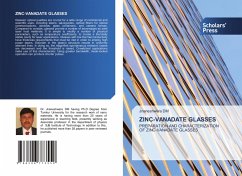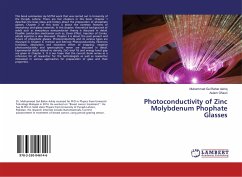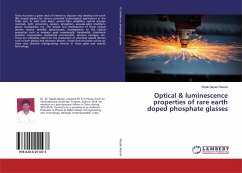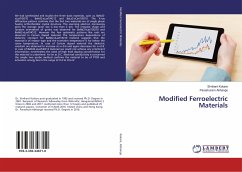Glasses' optical qualities are crucial for a wide range of commercial and scientific uses, including lasers, waveguides, optical fibers for optical communications, windows, glass containers, and camera lenses. Compared to crystals, glasses provide a number of advantages as solid laser host materials. It is simple to modify a number of physical parameters, such as temperature coefficients, to create a thermally stable cavity for laser applications. Glasses with low thermal conductivity have thickness requirements that must be met in order to employ high power lasers. Disorder in the glass's structure results in uniformly widened lines. In doing so, the magnified spontaneous emission losses are decreased and the threshold is raised. Q-switched applications make use of this characteristic. Using greater bandwidth, mode-locked operation can produce shorter pulses.
Bitte wählen Sie Ihr Anliegen aus.
Rechnungen
Retourenschein anfordern
Bestellstatus
Storno








